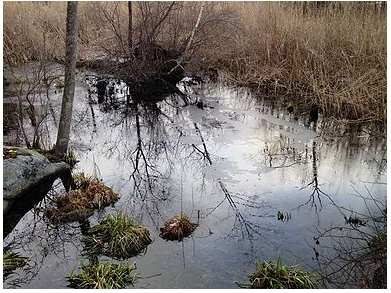Project Summary
The Kent Land Trust was established in 1989 to preserve natural resources in Kent and surrounding areas through land protection, stewardship, public outreach, education, and research. The primary goal of their CIRCA Matching Fund project is to develop a more science-based climate-focused land acquisition and land management strategy. The new model strikes a balance between cultural, historic, and aesthetic considerations and natural resource criteria linked to climate resilience. The Kent Land Trust uses this conservation strategy to increase engagement with partners to develop more sustainable natural and human communities. Moving forward, another goal is to increase engagement with conservation partners in efforts to develop more sustainable natural and human communities.
Product
Project Description
The first phase of the project is to develop a revised, quantitative system for evaluating potential conservation properties; placing greater emphasis on natural resource preservation and climate resilience. This new more scientific approach is intended to maximize the overall conservation value of KLT’s land protection efforts. The revised model also informs KTL’s evolving land management strategy, leading to more comprehensive, science based, and transferable management strategies. A final report entitled, “Kent Land Trust Strategic Reassessment Project” describes this new land acquisition and land management strategy.
Outcomes include:
Establishment of enhanced section criteria for KLT land protection efforts;
Comprehensive and science based management priorities for existing properties based on the revised conservation strategy; and
Engagement with the Town of Kent, including the Kent conservation commission, and other local and regional conservation partners in associated efforts to develop more sustainable communities.
One major take away from the project is that when it comes to conservation value, land parcel size isn’t everything. Relatively small properties featuring a diverse array of habitat types, critical habitats, and/or important surface water features can outscore larger parcels. Finding the worthiest conservation property is not as simple as pointing to the biggest remaining open space, hence the importance of mapping resources that delineate features such as wetland and riparian buffer zones and critical habitats.
Primary Funding Source
Project Team Lead
Connie Manes, Kent Land Trust

